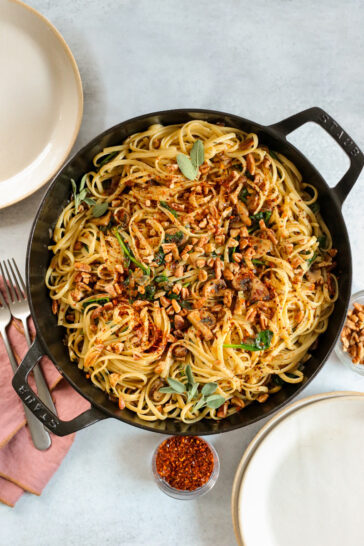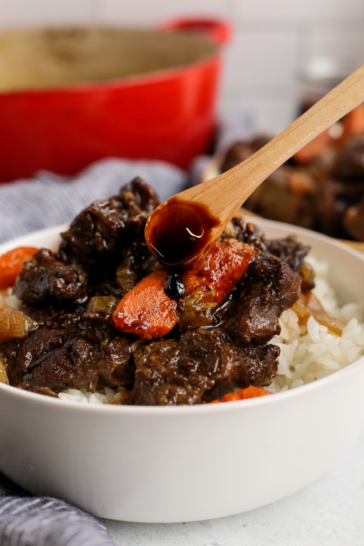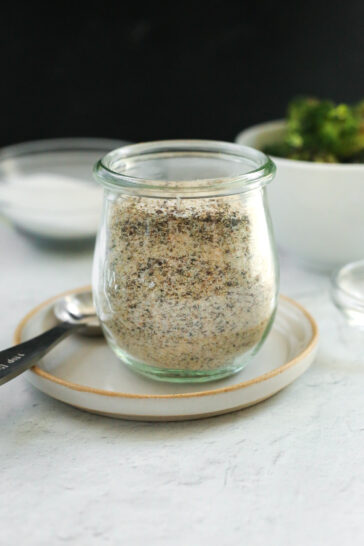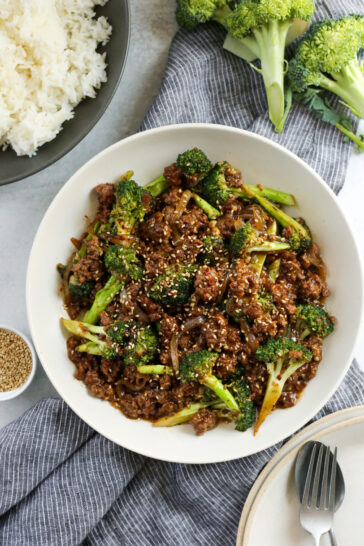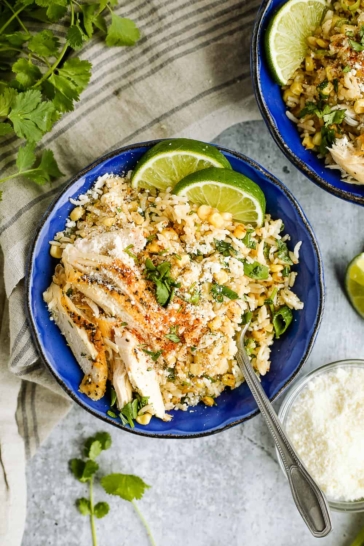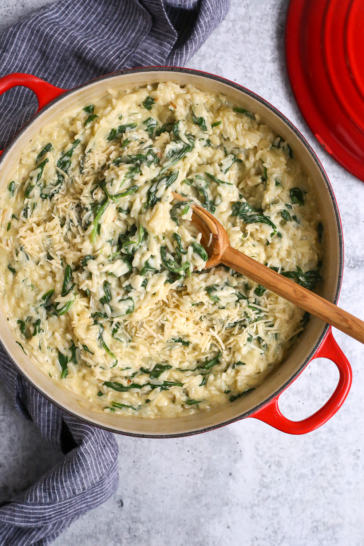Cooking with MSG is the easiest way to bring out maximum flavor in the kitchen! MSG, or monosodium glutamate, enhances the flavor of foods with a savory taste that can leave you wanting more. In this guide, I’ll show you how to cook with MSG using three simple methods. Plus, learn more about the basics of MSG and find some recipe inspiration to help you get started.
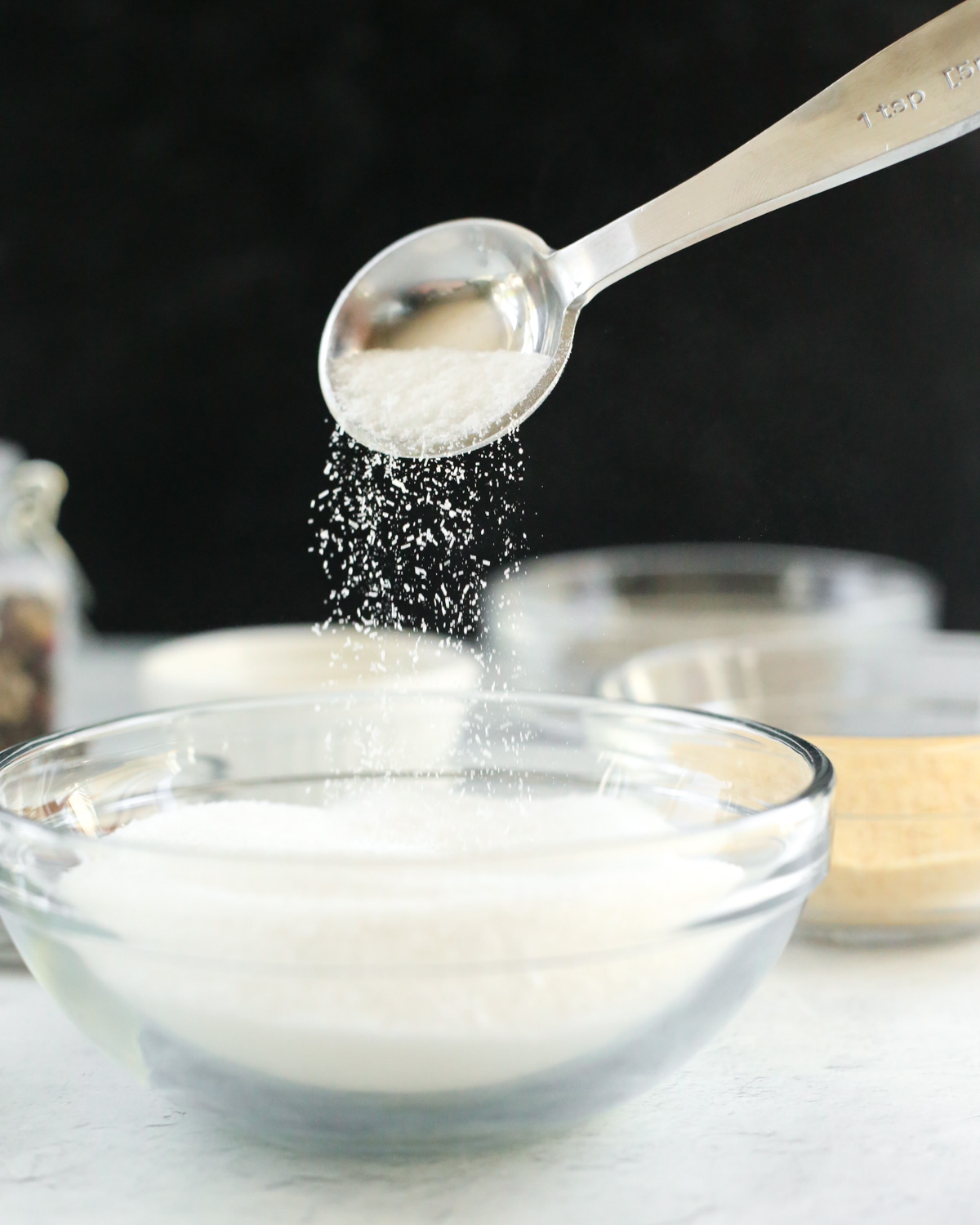
As a registered dietitian, I’ve been singing the praises of MSG to my clients for years. It’s a delicious way to use less salt without sacrificing flavor.
But by far, the most common question I get is, “How do I use it?” Although it’s a familiar and beloved ingredient in some cultures and cuisines, Americans haven’t really embraced it in the same way. If you didn’t grow up in a household that used MSG, I don’t blame you for being unsure about how to get started.
If you’re curious about how to cook with MSG, you’ve come to the right place!
Here’s What I’ll Cover In This Post
Use the table of contents above to jump ahead to any of the sections. Or, keep reading to start with the basics!
What Is Monosodium Glutamate?
MSG is short for monosodium glutamate. That’s one sodium (“mono”) attached to a single glutamate molecule.
Glutamate is an amino acid, but although MSG has a glutamate present, it’s not a whole protein. It’s a relatively simple molecular structure, chemically speaking.
It’s a crystallized white powder that looks quite similar to salt or granulated sugar, fermented from sugar beets or sugar cane. You can find it in Asian grocery stores, usually Ajinomoto brand, or online. And in recent years, I’ve started seeing it more often in regular grocery stores.
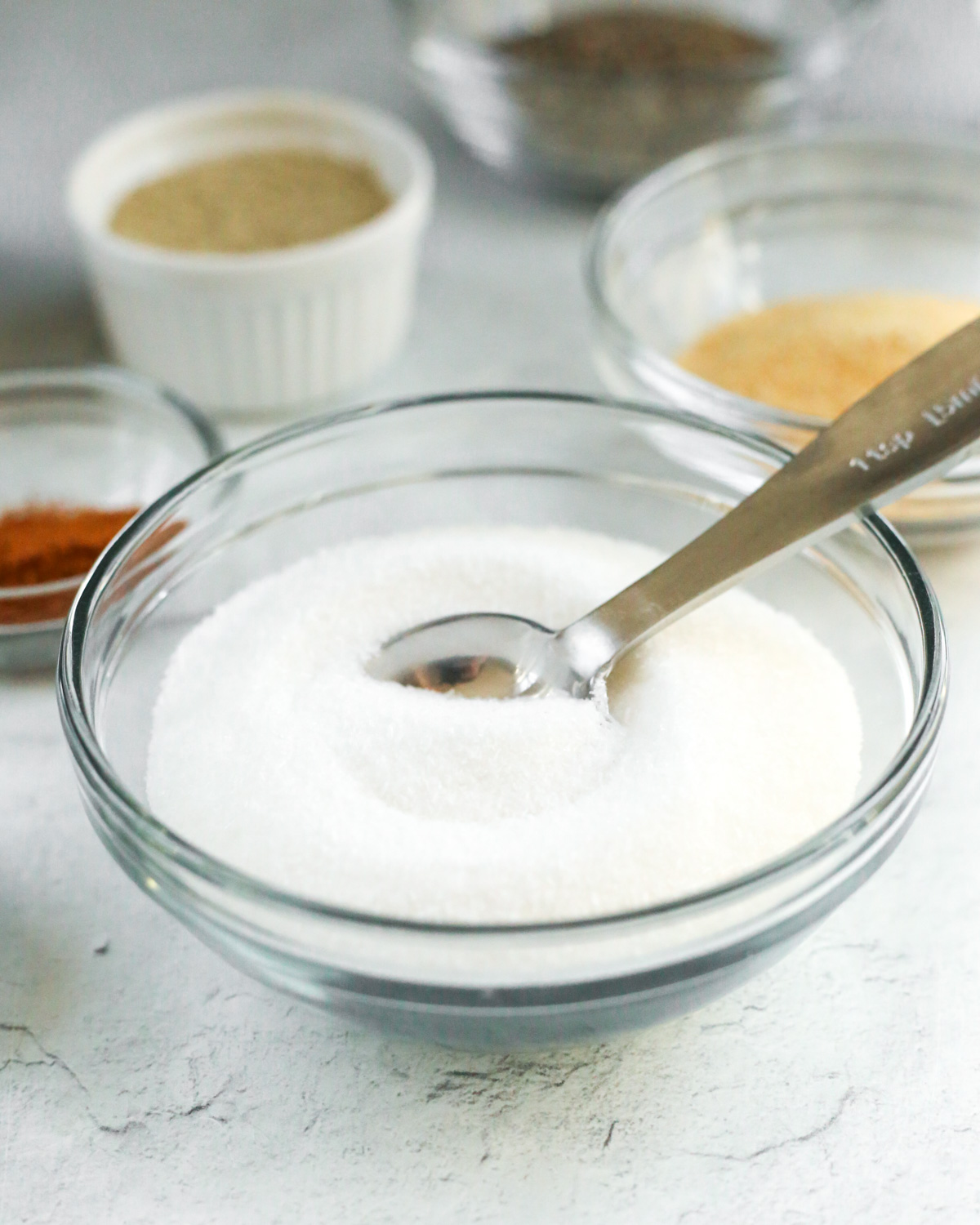
What Does MSG Taste Like?
MSG is pure umami flavor. Umami is the fifth basic taste, along with salty, sweet, bitter, and sour.
Umami is best described as savory flavor, but it’s rarely eaten on its own. Just like you probably wouldn’t scoop up plain table salt, no one is likely eating plain MSG. It takes on a meaty flavor or enhances other flavors in food high in glutamates (see a short list below).
Is MSG Safe to Eat?
Yes! Eating MSG will not lead to serious or long-term health issues and there’s no high-quality clinical evidence to suggest it’s harmful to your health at the doses you’d typically eat in food.
The safety of MSG has been up for debate for decades. It all started with a letter to the New England Journal of Medicine, claiming that Chinese food caused headaches and other adverse reactions. But in the decades since, no studies have been able to establish a link to support these claims.
The United States FDA (Food and Drug Administration) and the FAO/WHO Joint Expert Committee on Food Additives (JECFA) have both declared MSG as safe to consume. Some symptoms were noted at an unusually high dose (such as 3 grams or more at one time). But using a little MSG shouldn’t be an issue for most people.
The ADI (Acceptable Daily Intake) for MSG is “not specified.” That means the totality of the available evidence does not suggest a hazard to health when ingested in naturally occurring forms or the amount used in food to achieve the desired effect. In this case, umami taste or enhanced flavor.
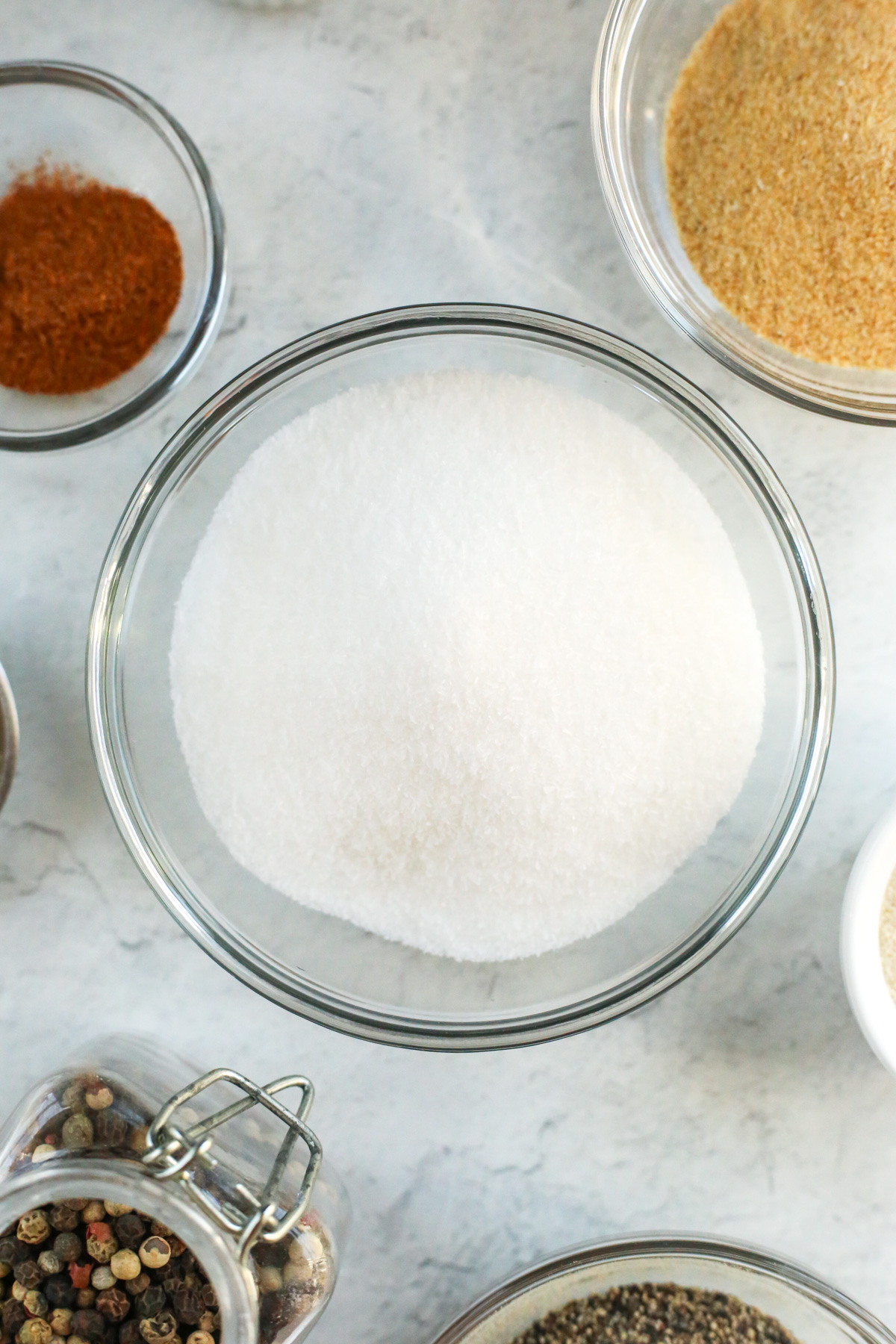
It never fails that whenever I bring up MSG, someone mentions that they get “violently ill” from it or that it causes the symptoms referenced in the now debunked “Chinese restaurant syndrome.” And in the past, I would debate the merits of MSG and try to stand up for the science behind it.
But I don’t get paid to argue with strangers on the internet, so if you prefer to avoid it for any reason, you certainly don’t have to eat it. It’s not a necessary nutrient. But as you’ll see in the list below, it can be hard to avoid MSG completely considering how many foods contain it.
List of Foods with MSG
If you’ve ever eaten any of these foods, you were tasting some MSG! Whether naturally occurring or synthetic (manufactured) all forms of MSG taste the same.
- Tomatoes, tomato sauce, tomato paste, and other tomato-based products
- Mushrooms, especially dried shiitake mushrooms
- Parmesan cheese
- Anchovies
- Oysters, clams, shrimp, and scallops
- Egg yolks
- Walnuts
- Soy sauce, fish sauce, or oyster sauce
- Miso
- Breast milk
- Snack foods like packaged potato chips and instant noodles
- Some types of fast food, like French fries, might contain MSG but these recipes are usually secret and proprietary so may not be listed publicly
Many of these foods are staples in Asian cuisines, but others are more ubiquitous around the world. Even the Mediterranean diet, deemed by many to be the most “healthy” diet, contains numerous sources of naturally occurring MSG.
Not only are there naturally occurring sources of glutamine, glutamate, and monosodium glutamate, but the human body can also produce its own glutamate. Glutamine is a precursor to glutamate, which can be formed through a specific chemical reaction. This is why glutamate is not considered an essential amino acid.
Cooking with MSG: Getting Started
Now it’s time for the good stuff! I’m so excited for you to get into the kitchen and start cooking with MSG.
Street Smart Nutrition Tip: Worried about using “too much” MSG? Don’t be! It’s self-limiting, meaning that if you accidentally add an extreme amount, your taste buds will let you know. Your food will no longer taste appetizing. Chances are, you won’t want to eat it and there’s little to no risk of ingesting an amount that comes anywhere close to being harmful.
MSG in Seasoning Blends
First up: Try mixing MSG into a seasoning blend or spice mix.
I love using my All-Purpose MSG Seasoning Blend as an example. It features garlic and onion flavors plus a few types of pepper. And it truly is an all-purpose workhorse in our kitchen. We use it in many recipes, including my Great Northern Bean Soup with Barley, Seared Skirt Steak with Roasted Red Pepper Relish, and just about anything with scrambled eggs.
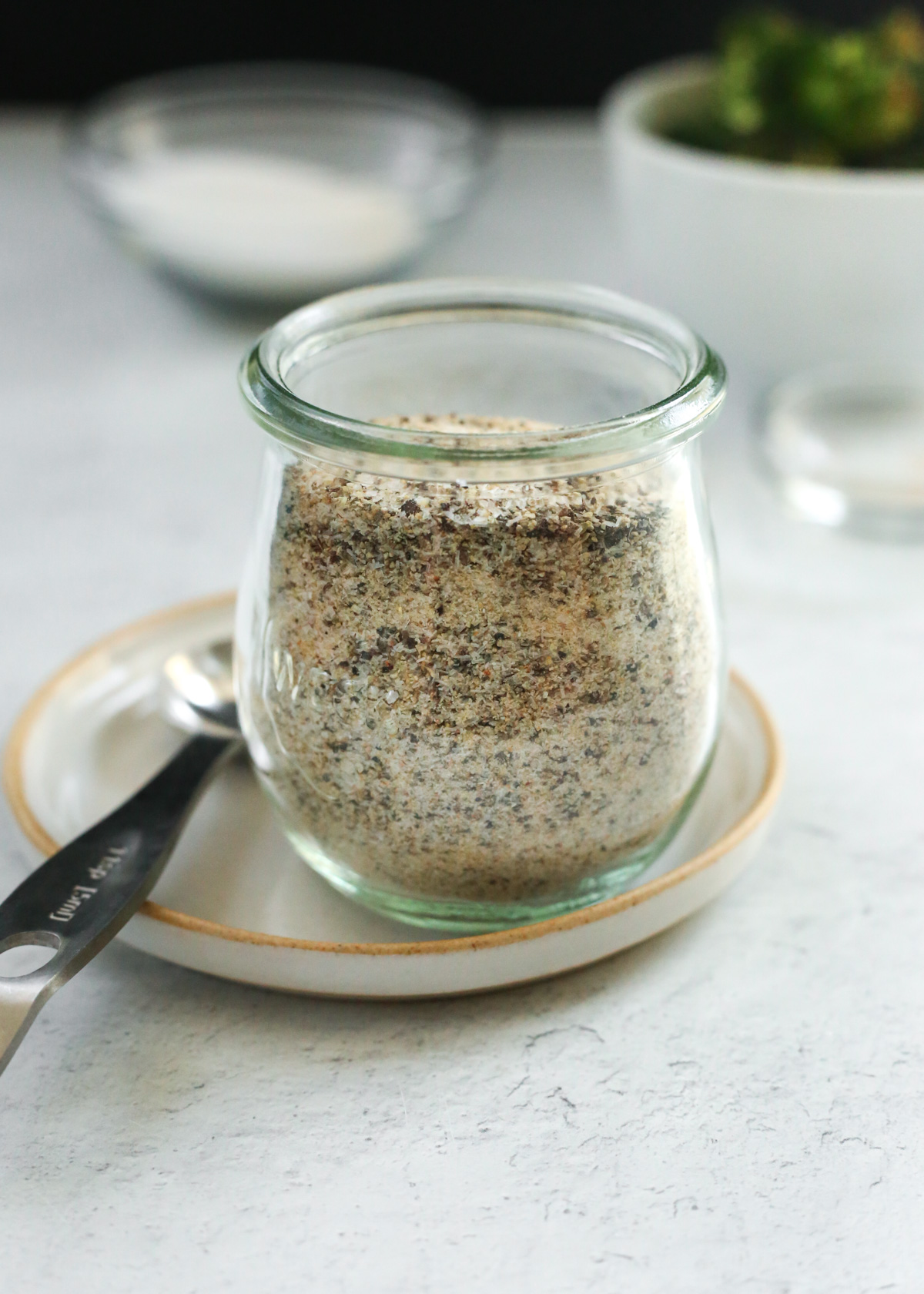
If you have a favorite spice or seasoning, use my Seasoning Blend recipe as a base and adjust the ratios or ingredients to your liking. Or, take an existing spice mix (maybe store-bought for convenience) and add a few tablespoons of MSG.
Street Smart Nutrition Tip: If your goal is a 100% sodium-free blend, this is probably not the move for you. Even though MSG contains about 2/3 less sodium compared to regular table salt, there is still sodium in the mix. It’s a significant reduction but if you’re aiming to a totally sodium-free seasoning (AKA, Mrs. Dash or similar), I don’t recommend adding MSG.
MSG as a Flavor Enhancer
Simply put, MSG makes food taste better.
Savory dishes benefit the most, but it can also enhance or balance the flavor of sour foods, bitter foods, or salty foods. There’s even some unique uses for combining MSG with sweet flavors, like chocolate brownies or vanilla ice cream from Bebe Zito in the Twin Cities, Minnesota.
And contrary to popular belief, a little goes a long way. It doesn’t take but a pinch of MSG just before serving to deliciously marry together all the flavors of whatever you’re cooking.
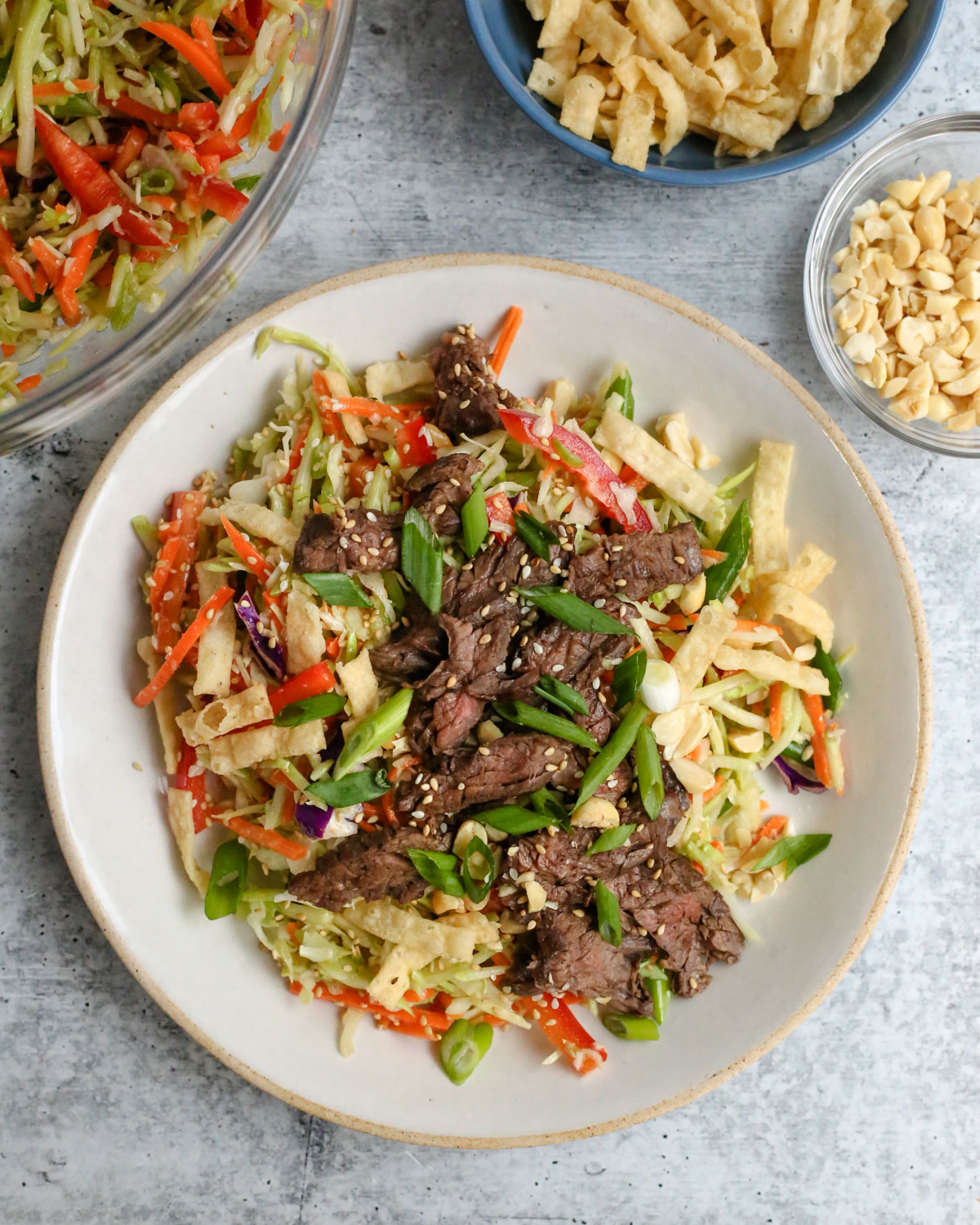
Should you add it before, during, or after the cooking process? The answer is yes…all of the above are options.
- Add before cooking for things like seared or grilled meats or if you’re roasting vegetables or cooking in an air fryer
- Add during cooking for soups, stews, sauces, or gravies, similar to using salt or adjusting flavor with other seasonings
- Add after cooking or just before serving as a finishing flavor enhancer, or when you want an instant hit of rich, umami flavor on the palate
You can also add MSG to things like homemade salad dressings or vinaigrettes that don’t require cooking. Similar to salt or sugar, it will infuse it with flavor as it dissolves into the mixture.

MSG as a Salt Replacement
Another option: replace your salt shaker or dilute its contents.
It’s true, home cooking is usually not the most significant source of sodium in the standard American diet. The bulk of your daily sodium intake probably comes from processed and packaged foods, or restaurant meals and dining outside your home.
Disclaimer: As a dietitian, I’m not condemning either option and use them myself. But it’s worth mentioning because it can really add up quickly.
If you’re in the habit of reaching for the salt shaker, try gradually reducing the salt as you add a little bit of MSG. Try 2/3 salt to 1/3 MSG, then graduate to 50/50. Or try a small amount of MSG mixed with some salt, tasting and adjusting until you find a ratio you like best.
Personally, I think there’s a lot of potential to reduce sodium levels across the food industry if we were more comfortable with using MSG as a replacement for salt. But until it becomes more normalized and less stigmatized, the most common use of MSG will likely remain in home cooking for now.
So there you have it! Three simple ways to start experimenting in the kitchen. Cooking with MSG is so similar to cooking with salt or any other dried spice or seasoning. You probably have at least some experience with those options, so let your taste buds be your guide.
Have you found any top-tier flavor combinations or recipes for cooking with MSG? I’d love to hear about it! Leave me a comment, I’m never not craving savory food and cooking is one of my favorite hobbies.
As always, thanks for stopping by the Street Smart Nutrition blog. I hope you found this guide for how to cook with MSG helpful, and that you feel more informed and confident about your food choices. You can find more and follow along on Instagram and YouTube (plus all the other social media platforms), and don’t forget to sign up for my newsletter so you never miss a new post.
Cheers to more fearlessly nourishing (and great tasting) meals!

